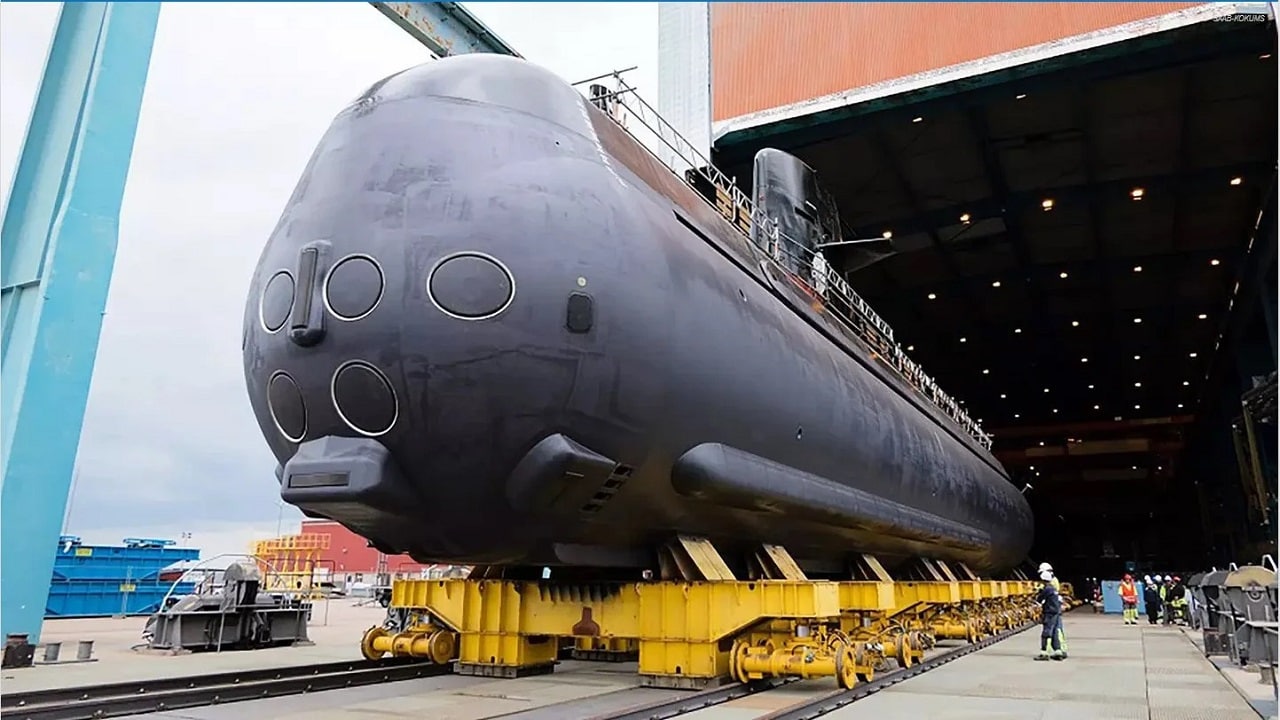Sweden has some truly amazing submarines: A few months back, we at 19ForthyFive published an article assessing the Finnish Navy, which pointed out, among other things, that the Merivoimat lacks submarines, which in turn means it will be up to Sweden’s Navy – officially known as the Svenska marinen – to provide the Scandinavian component of a NATO submersible response to Russian maritime aggression in the Baltic Sea.
Little wonder then that the Merivoimat chose to team up with their Svenska marinen counterparts for antisubmarine warfare (ASW) training exercises this past April.
Meanwhile, given the prior history of Soviet submarine incursions into Swedish territorial waters, Sweden’s sailors certainly have more than sufficient motivation to maintain a robust submarine fleet of their own.
Brief History and Organization of the Swedish Submarine Fleet
This year happens to mark the 500th anniversary of the Swedish Navy, tracing its roots back to the reign of King Gustav Vasa. The Swedish submarine fleet in particular was born on 30 August 1914 – right off the heels of the kickoff of the First World War, though Sweden remained neutral for the duration of that conflict – with the launch of the HSwMS Svärdfisken (Swordfish).
Arguably, it could be said that the Swedish sub fleet entered the modern era in 1957. As noted by submarine expert Mr. H.I. Sutton, “Today, Sweden is known for its AIP (Air Independent Power) submarines. Yet Sweden was one of the first countries to pursue a nuclear powered submarine, starting development in 1957…The nuclear powered A-11A concept was dropped in 1962 for a number of factors, including political pressure and a growing skepticism towards nuclear technology (and especially nuclear weapons).”
Long story short, though the A-11A nuke sub concept fell through, it did pave the way for the A-11B diesel-electric boats, which entered Svenska marinen service as the Sjöormen class in 1968 and served until 1997, at which point they were sold to Singapore.
Today, according to the Försvarsmakten (Swedish Armed Forces) official website, “The Swedish Defense Forces’ submarines and their crews are gathered at the First Submarine Flotilla in Karlskrona. The submarines are high-tech. Using sonar systems and other advanced equipment, they can monitor large areas of ocean above and below the surface. The submarines are therefore effective in gathering intelligence during operations at sea. Powerful torpedoes mean that the submarines can also defend themselves against both battleships and other submarines…”
That First Submarine Flotilla – currently commanded by Captain Fredrik Lindén – has a total of five diesel-electric boats. The subs were built by Saab’s Kockums AB shipyard, whose online company literature proclaims that their Stirling engines result in “the world’s most silent submarine.” The following paragraphs will show that there is at least partial validity to this.
Götland (A19) Class Submarine: The Pride of Sweden
Three out of those five Swedish subs belong to this class: the HSwMS Götland, Halland, and Uppland, all commissioned in 1996. These warships displace 1,494 tons on the surface and 1,599 tons whilst submerged, with a current hull length of 60.4 meters (198 feet 2 inches) – this will be extended to 62.4 m (204 ft 9 in) after their pending midlife upgrade (MLU) – a beam width of 6.2 m (20 ft 4 in), and a draft of 5.6 meters (18 feet 4 inches). Surface speed is 11 knots (20 km/h), surfaced; a submerged speed of 20 knots on batteries and 5 knots on AIP. Crew complement is 24-32.
Armament consists of four 533 mm (21-inch) torpedo tubes for Torped 613 or Torped 62 heavyweight torpedoes and two 400mm (15.75-inch) tubes for Torped 43 or Torped 45/47 lightweight torpedoes. There is also the option for 48 naval mines.
As to that aforementioned claim of “the world’s most silent submarine,” well, you certainly won’t get any argument from the crew of the aircraft carrier USS Ronald Reagan (CVN-76). Back in 2004, the U.S. Navy leased the Götland for ASW exercises … and the upstart Swedish sub not only “sank” the Nimitz-class carrier during a simulated attack but repeated the feat multiple times!
Södermanland (A17S) Class Submarine
This class accounts for the remaining two ships of the First Submarine Flotilla: HSwMS Södermanland and Östergötland, commissioned in 1989 and 1990 respectively. The two boats already underwent an extensive modernization program in 2003 and 2004. Not content to rest on those laurels, earlier this month the Swedish Defence Materiel Administration (FMV) contracted Saab to modernize the country’s HSwMS Södermanland; according to Joe Saballa of The Defense Post, “Valued at 470 million Swedish kronor ($44 million), the agreement will see the company replace or integrate new components to extend the life of the vessel … The submarine will receive around 50 modifications to enhance its capabilities and continue operating for an additional six years … The contract would also see Saab replacing the batteries of the Swedish Navy’s submarine fleet to ensure the long-term sustainment of the fleet.”
The Södermanland-class boats hold the same speed capabilities as the Götland class whilst displacing 100 fewer tons and having roughly the same hull length and 24-sailor crew complement. Contrasted with the Götlands’ armament, the Södermanlands have one additional 400mm torpedo tube.
The Future: Blekinge (A26) class Submarine
These are the intended replacements for the Södermanland class, with HSwMS Blekinge and Skåne expected to be delivered in 2027 and 2028 respectively; only the former ship has been laid down thus far, having taken place back in late June. According to the Nuclear Threat Initiative (NTI), “The A26 vessels will also have a large bow section from which unmanned underwater vehicles (UUVs) can be launched and special forces can be transported. Additionally, this section can be used for reconnaissance, mine detection, mine laying, underwater mapping, and warfighting. Currently, Kockums is investigating several ways to improve communications with onshore command without giving up the submarine’s position, including the possible use of UUVs for communications purposes or new antennas on the submarine.”
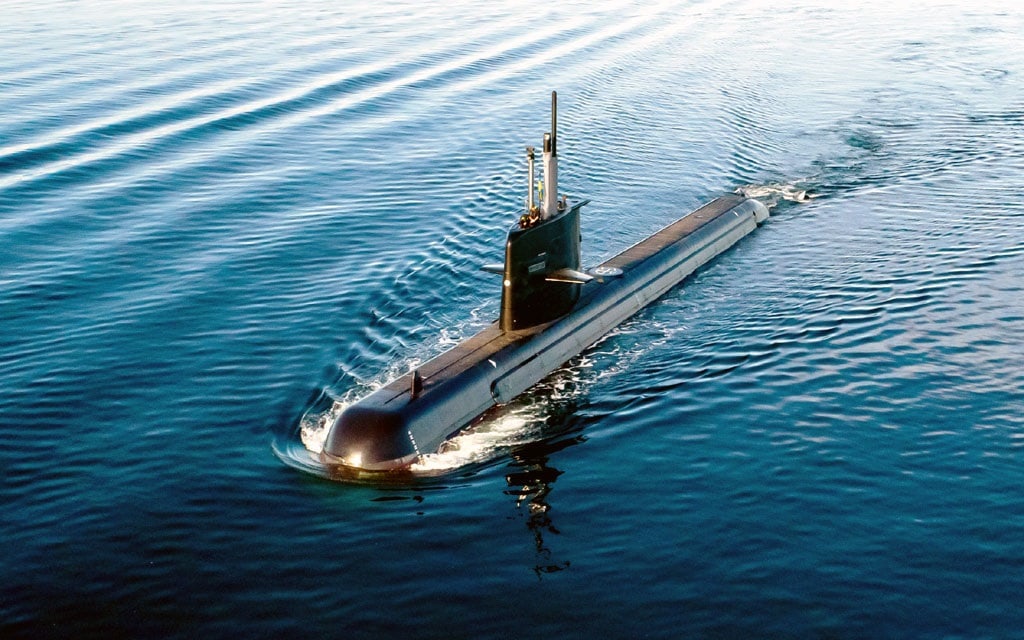
Gotland-class Submarine.
In short, the Swedish First Submarine Flotilla is a small but fearsome force; considering what they were able to pull off against a top-of the-line USN carrier, just imagine what sort of havoc they could wreak upon the Russian Navy.
Bonus: Gotland-Class Submarine Photo Essay
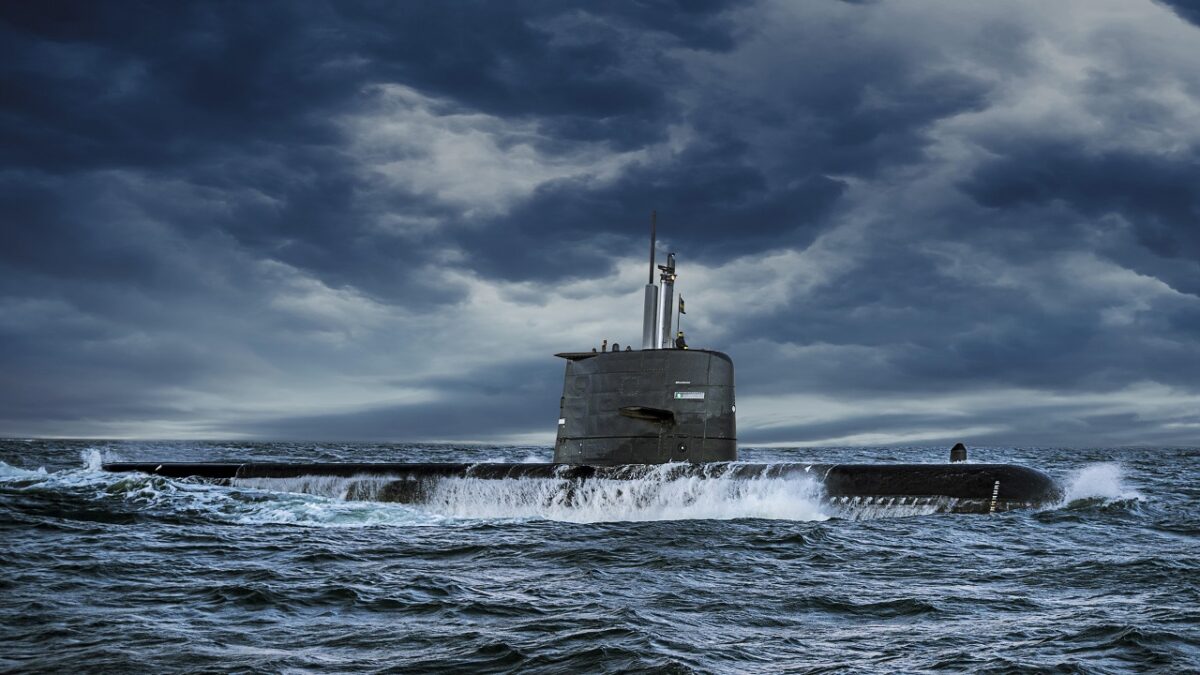
Gotland-Class. Image Credit: Saab.
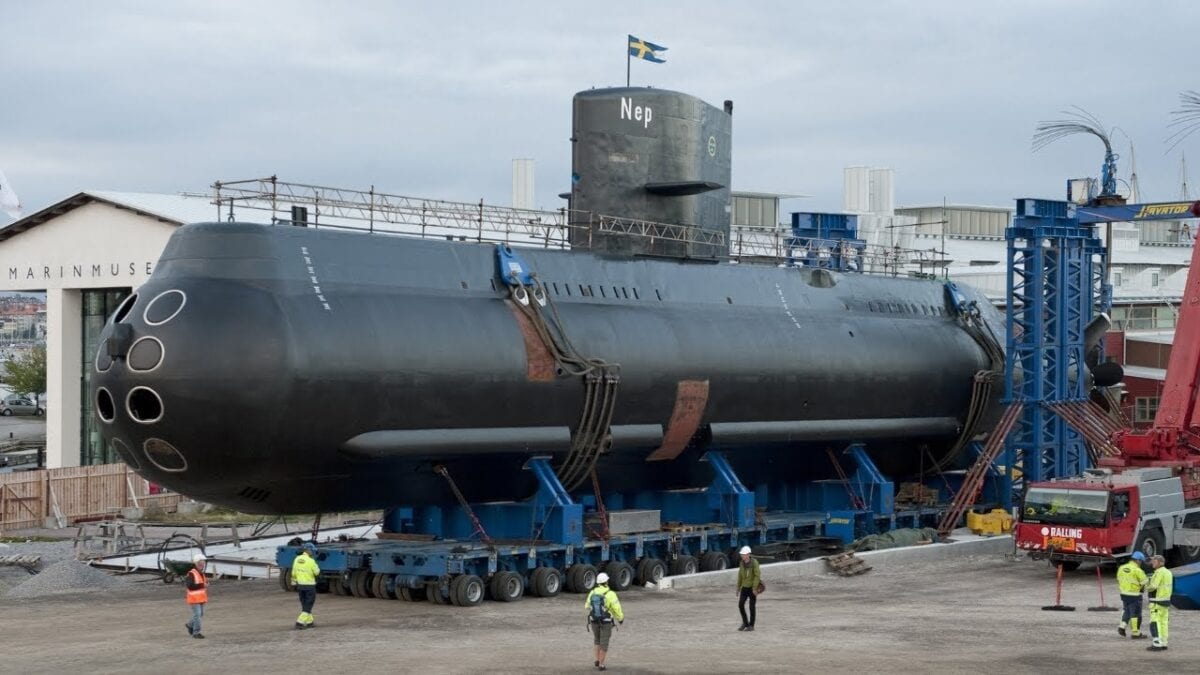
Gotland-class submarine. Image Credit: Creative Commons.

Gotland-class Submarine.
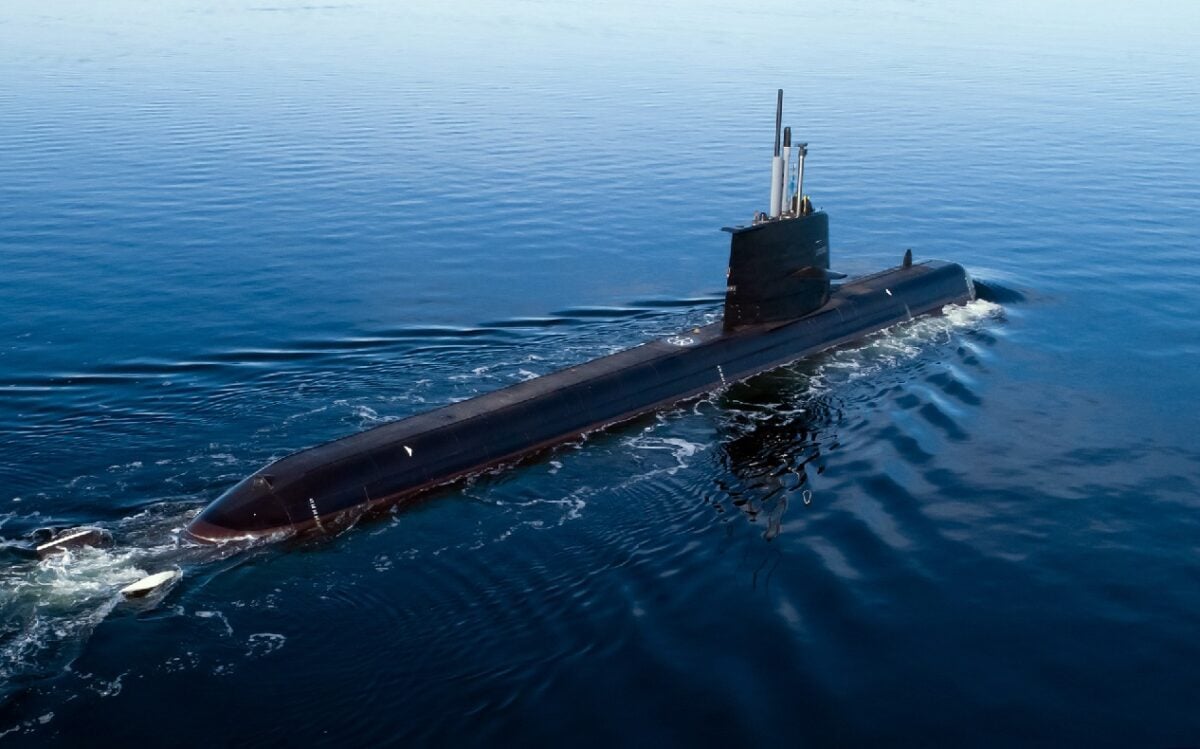
Image of Gotland-class Submarine.
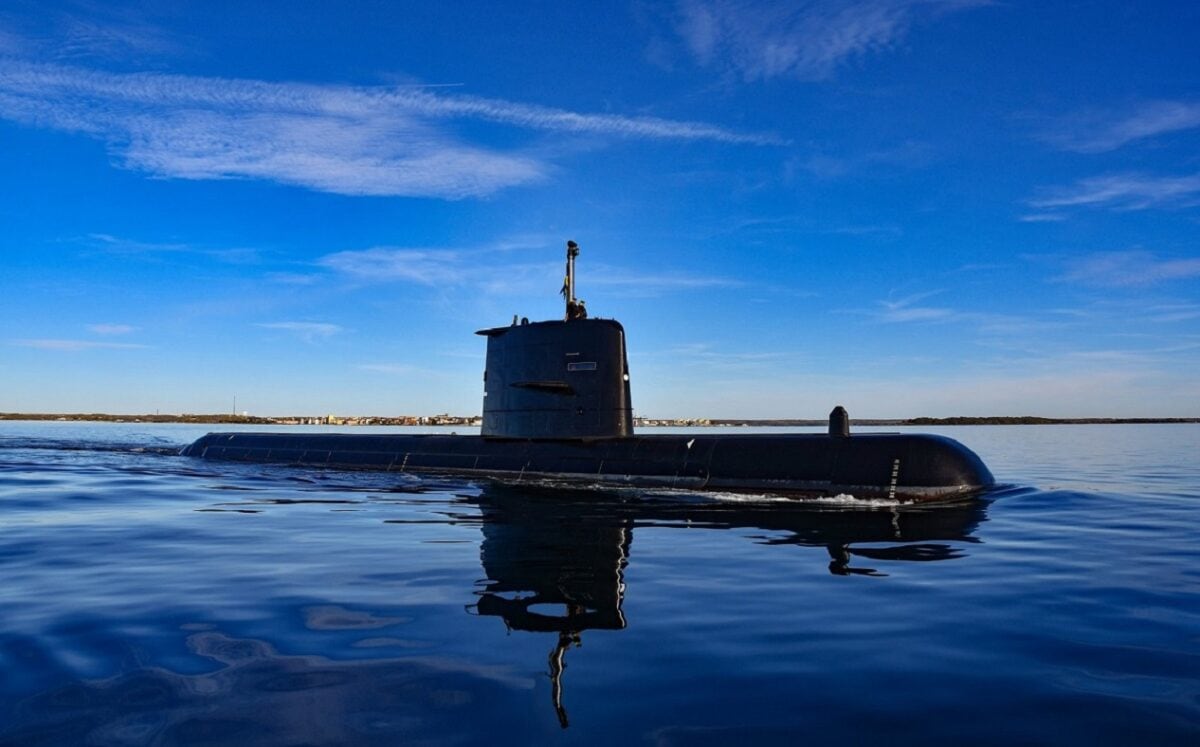
Gotland-class Submarine.
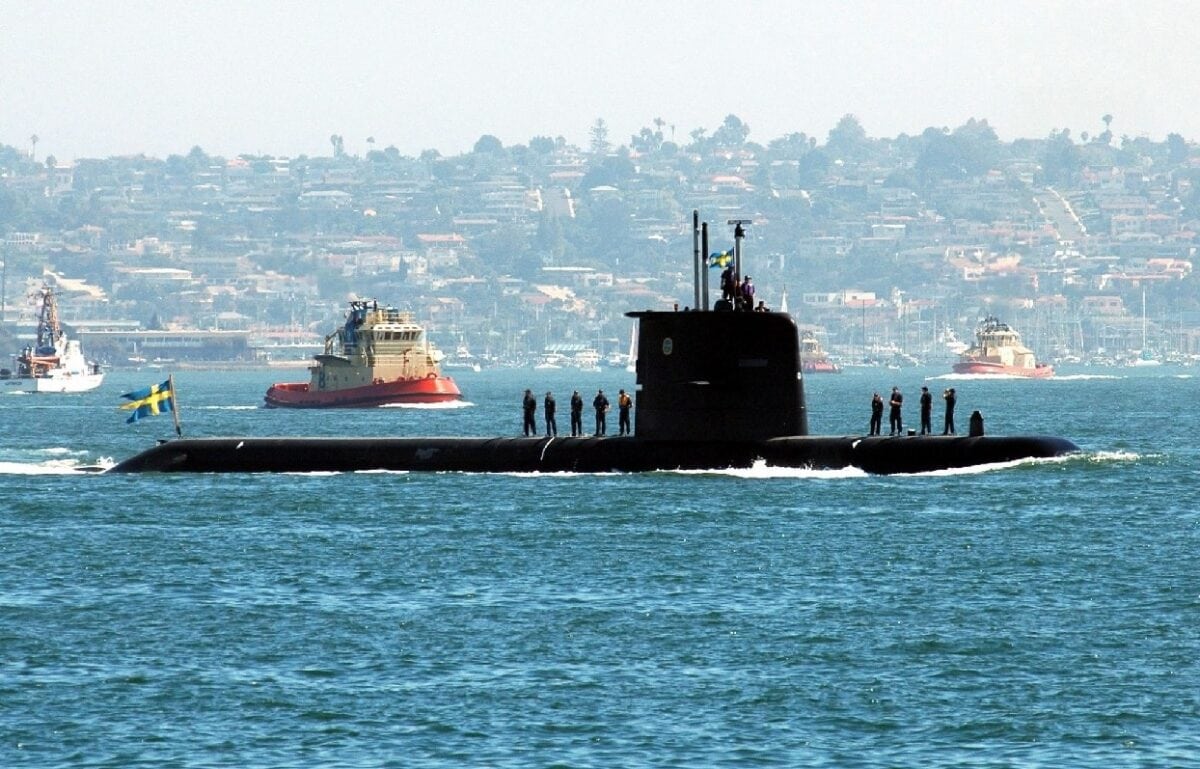
Gotland-class Submarine. Image: Creative Commons.
MORE: The F-35 Now Comes in Beast Mode
MORE: Why the U.S. Navy Tried to Sink Their Own Aircraft Carrier
Christian D. Orr is a former Air Force Security Forces officer, Federal law enforcement officer, and private military contractor (with assignments worked in Iraq, the United Arab Emirates, Kosovo, Japan, Germany, and the Pentagon). Chris holds a B.A. in International Relations from the University of Southern California (USC) and an M.A. in Intelligence Studies (concentration in Terrorism Studies) from American Military University (AMU). He has also been published in The Daily Torch and The Journal of Intelligence and Cyber Security. Last but not least, he is a Companion of the Order of the Naval Order of the United States (NOUS). In his spare time, he enjoys shooting, dining out, cigars, Irish and British pubs, travel, USC Trojans college football, and Washington DC professional sports.

